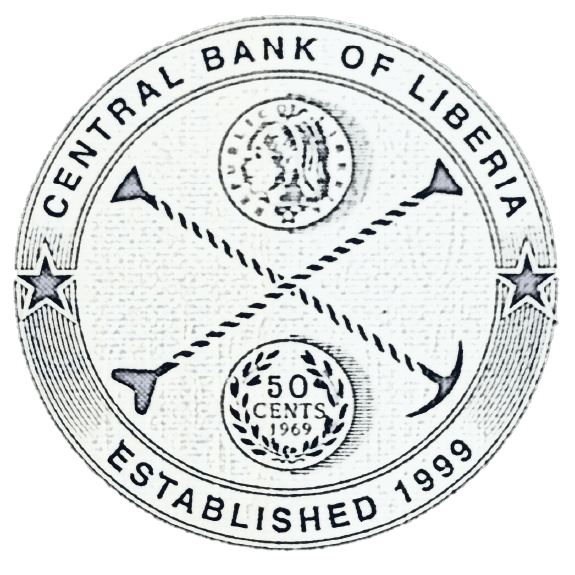MONROVIA – 20 August 2021: Following its quarterly meeting of 18th and 20th August 2021, the Board of Governors of the Central Bank of Liberia (CBL) has cut the Monetary Policy Rate by 500 basis points to 20 %, with an upper band of +500 basis points for standing credits and the maintenance of the reserve requirement thresholds at 25 %for Liberian dollars and 10 %for United States dollars for the next quarter. In addition, the Board has re-emphasized the urgency to enhance the automation of the credit reference system to accommodate unique identifiers, credit ratings, and scoring, with the aim of strengthening loan quality.
The Bank’s Board did not only reiterate the need for commercial banks to heighten loan recovery, especially those that were current prior to the pandemic through flexible repayment terms, but also encouraged them to review their business models to mitigate the adverse effects of the COVID-19 shocks on financial soundness indicators to remain compliant with regulatory provisions.
It should be noted that these decisions were informed by developments in the global and domestic economies.
Global Developments
The global economic growth projection remained unchanged at 6.0%for 2021. However, differences across advanced economies, emerging markets and developing economies are reflective of the divergence in monetary and fiscal policy responses to support recovery. Commodity prices during the period under consideration, including agricultural commodities (cocoa bean, round logs, rubber, and rice) declined, while non-agricultural commodities, including fuel and gold, recorded significant rise.
Globally, inflation is projected at 3.5%in 2021, slightly above the 3.2% recorded in 2020, due mainly to the expected rebound in economic activity and the gradual improvement in commodity prices, especially oil. Inflation in advanced economies is expected to remain below target at 1.6%, while in sub-Saharan Africa, it is projected to moderate to 9.8%, slightly below the 2020 average.
Policy rates in selected advanced economies, on the other hand, were kept low, but relatively unchanged in the United States (US), the United Kingdom (UK) and European Union (EU). In the West African Monetary Zone (WAMZ), except for Ghana, which lowered its policy rate, all other WAMZ countries maintained their rates during quarter two 2021.
Domestic Macroeconomic Developments
Relative to the external sector, trade deficit widened to 5.5%of GDP, from a deficit of 1.7% of GDP recorded in the preceding quarter, reflective of the 21.2%rise in import payments and the 25.1%decline in export receipts during the quarter.
On the bright side, real gross domestic product (RGDP) growth is projected at 3.6% for 2021, expected to be propelled mainly by growths in mining and panning (4.6%), and agriculture & fisheries (3.8%). The service sector, which was worst hit in 2020 due to COVID-19, is expected to recover, with a projected growth of 3.4%in 2021. This RGDP projection, however, may be hampered by the resurgence of the pandemic, especially in the economies of major trading partners.
The average inflation rate for quarter two moderated to 8.6%, from 11.1% in the previous quarter, mainly driven by the broad stability of the Liberian dollar, increased inflows of remittances and the tight monetary policy stance of the Bank. Hence, inflation forecast for quarter three is set at 8.5%, with a bandwidth of +/-2 percentage points.
The foregoing economic developments prompted the Bank’s Board of Governors to cut the policy rate by 500 basis points in support of further strengthening liquidity conditions, and actualization of the 3.6% economic growth target for 2021.
…. /End
